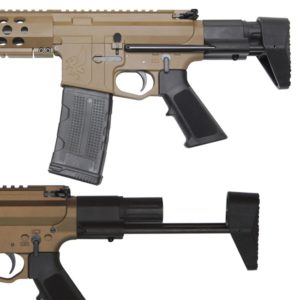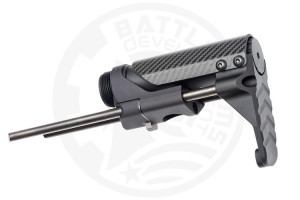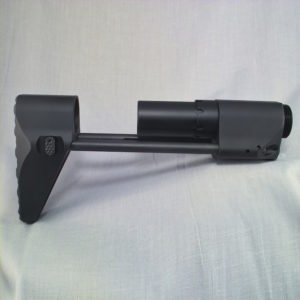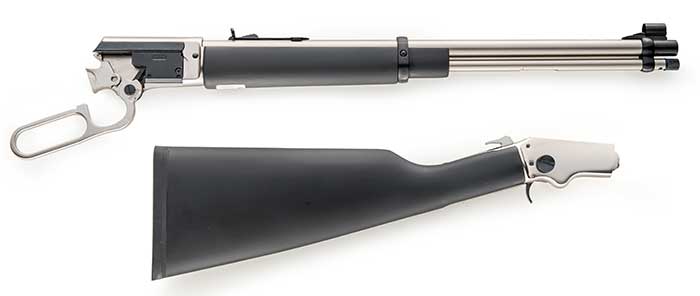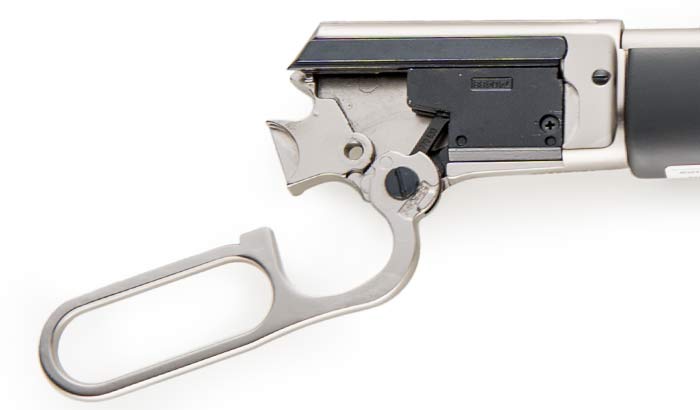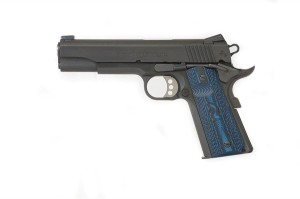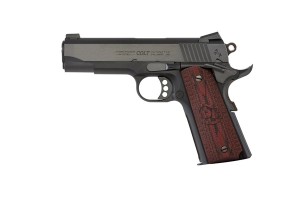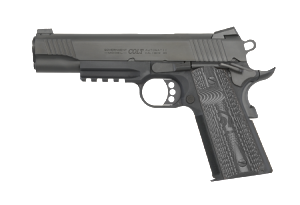COLT CANADA MRR: EXCLUSIVE FIRST TEST!
First, we won't beat around the bush: Colt Canada's Modular Railed Rifle, or MRR, is going to be coming to the civilian market in the Spring of 2016. It'll be coming in four different lengths (11.6, 14.5, 15.7 and 18 inches) and the MSRP is not yet available. And we were just the first members of the media in the entire world to shoot them. Now, we can't really talk about how we managed to get our hands on these guns but suffice to say that we were extremely lucky to be the first media hacks out there to put rounds downrange with not one, but a myriad of MRR formats. For reasons of maintaining secrecy of all involved in this test, we were not permitted to take photographs at the test location, but will be following this review with photos from the show floor as soon as possible.
Now, for those that missed the initial unveiling of the MRR rifle, it is the next generation in Colt Canada's popular Integrated Upper Receiver, and represents a significant step forward for the Canadian rifle manufacturer. Using a monolithic upper receiver that incorporates the handguard into the upper receiver forging, the MRR trades the previous IUR's picatinny rails for M-Lok slots, and combined with additional weight-saving measures (namely the deletion of the grenade launcher recoil lug) boasts a significant 3/4-pound weight reduction as a result. And that is with the same heavy barrel profile used on previous generations of IUR rifles. Opting for one of the new lighter barrel profile may increase the weight savings to over a pound.
And you notice it the second you pick the rifle up. Handling an 11.6" Colt Canada MRR, the gun felt ridiculously light at the muzzle, and should be immensely popular among both military and LEO entry teams. However, while we were able to handle both the 11.6" and the superlatively sexy 18" DMR models, both of those particular rifles were unavailable to shoot due to the two specific rifles we were handling being some of the only ones in existence... and thus, very, very important (read: valuable) to Colt Canada. However, that wasn't the case with the various mid-length rifles at our disposal, and we put more than a few rounds through everything from a 14.5" full-auto rifle in 5.56 to a beautiful suppressed rifle spitting subsonic .300 Blackout rounds downrange for as long as you squeezed the trigger. Hell, there was even a suppressed 5.56 rifle fitted with one of Canada's own TriggerTech triggers, and they were all finished in Colt Canada's new khaki Cerakote finish. To say we were spoilt for choice would be a gross, gross understatement.
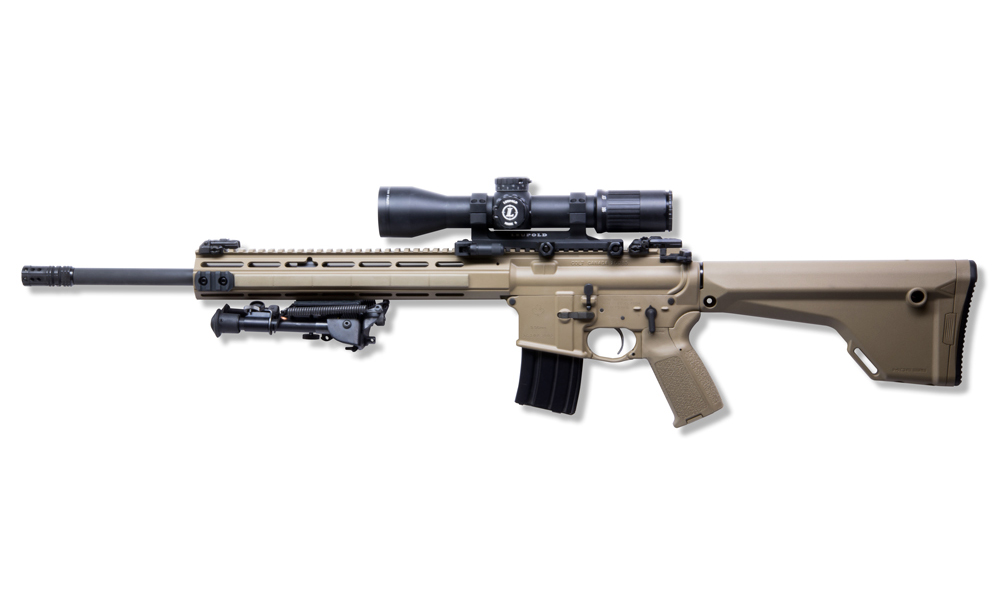
The new system is much simpler. First, the barrel is dropped into the receiver, followed by the barrel nut, which is done up with the same long tubular socket as the previous IURs used. But then, instead of a conventional bent gas tube and pinned-on gas block, a straight gas tube is stabbed into the receiver and capped off with a very special gas block. Proper fit of this gas block is ensured longitudinally by a shoulder in the barrel's profile, while proper axial fit is taken care of by corresponding splines machined into the barrel and gas block. Furthermore, the gas block is fixed to the barrel by two screws on the bottom of the gas block, which themselves interface with a slot and small divots in the barrel as they are tightened. These screws are easily accessible thanks to a small oval port cut into the bottom of the handguard. The result of all this? A gas block that can be easily serviced with basic hand tools, and that guarantees perfect gas port alignment every time.
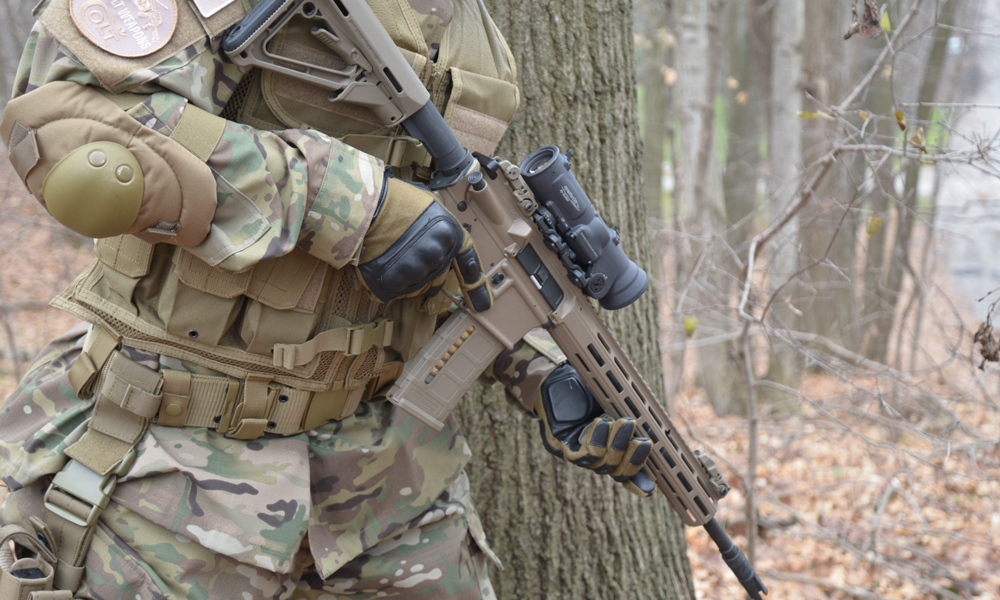
Shooting Impressions
Once we'd been briefed on the guns' technical aspects, it was time for us to see how they worked. And now that we are back home and can claim to have put hundreds of rounds through them we can say this: Holy crap do these guns WORK. We put our first few rounds downrange through a suppressed semi-auto model in 5.56, fitted with an Aimpoint red dot and a TriggerTech single-stage trigger, and it was quite simply a laser beam. From the closest targets at 50 metres to the farthest target at 200 metres, each and every one of our rounds were clean hits from our standing position. Obviously IPSC-profile steel plates are not the smallest of targets, even at 200 metres, but with the same hammer forged barrel that we've come to know and love in the IUR, we'd bet money (which is fitting given we're writing this review in Las Vegas) that the MRR inherits the MOA-or-better accuracy we've found our IURs demonstrate.
Which brings us to the TriggerTech trigger. Now, obviously this isn't a Colt Canada part; they're simply testing them out. But anecdotally, we were told that they're suitably impressed by the trigger's performance and safety, and the Colt staffers on site told us they considered the trigger to be drop-safe. Given the unique design of the trigger, which uses a roller between the trigger and the sear to reduce friction, we were glad to hear that especially since we know Colt Canada's testing is nothing if not stringent. In terms of performance, we found the TriggerTech trigger to be very reminiscent of the triggers found in Accuracy International guns, albeit in a single-stage format. Smooth, clean, but without much snap at the break, it definitely made the rifle much more easy to shoot accurately and returning to a standard USGI trigger afterward felt like a very discernible step backwards.
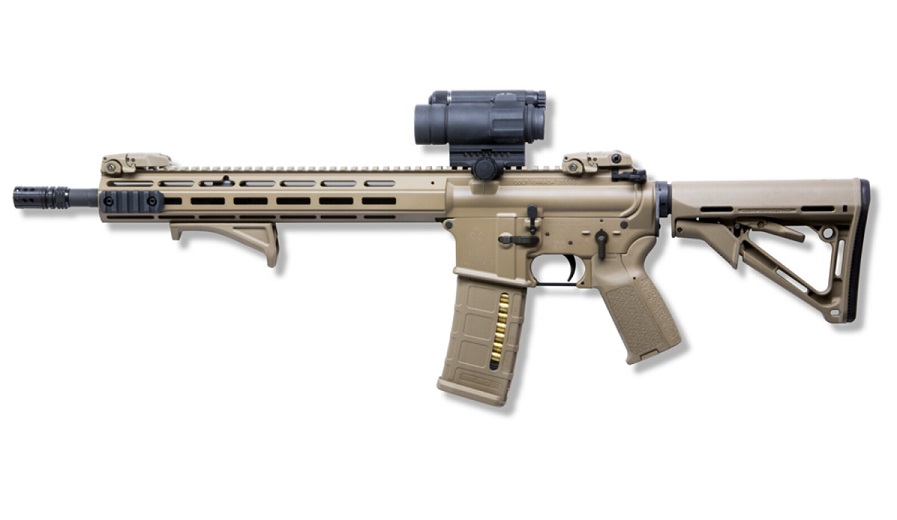
Which is precisely why stepping over to an MRR carbine chambered in 300 Blackout and fitted with both a fire selector (as opposed to a safety, which has two positions, a fire selector has three or more: safe, fire, and full auto in this case) and a suppressor was even cooler. Firing subsonic rounds, the thing was whisper-quiet, and the recoil a simple slug-slug back and forth movement that felt like a lessened form of the recoil impulse one gets from a VZ-58. Obviously, the heavy subsonic rounds shoot in a much different trajectory than 5.56, and taking a few shots at the 200 metre target demonstrated that you needed to aim about 2-3 feet high in order to score a hit. But hey, we still did it, because when a gun is this accurate and fun you start to want to push its limits a little.
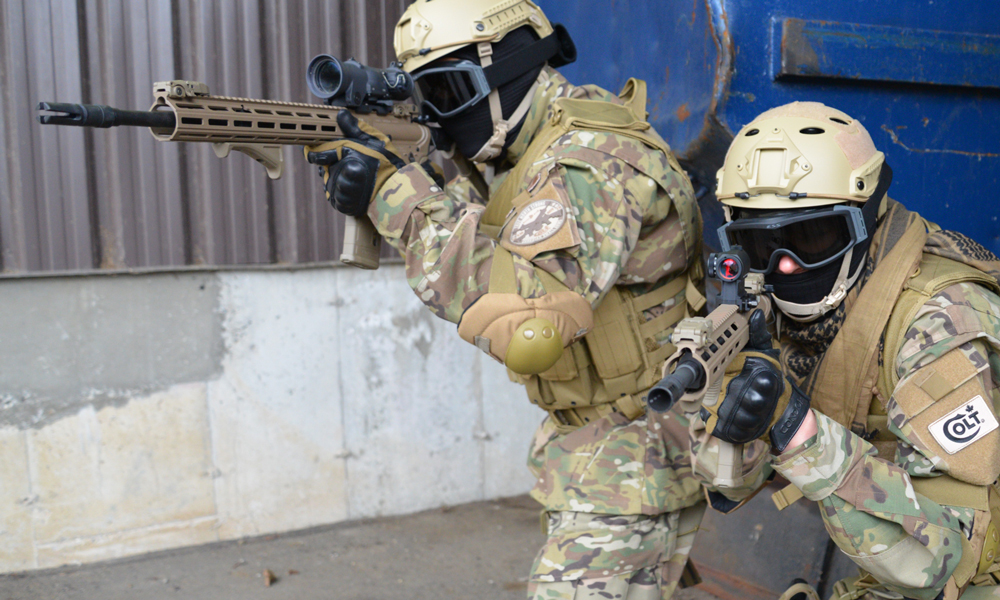
Another thing we noticed is that, in and amongst our 30-rounds-at-a-time shooting strings, other guys were picking these rifles up and pounding rounds through them at varying tempos ranging from full-auto dumps to slow and deliberate fire and not once did any of these rifles so much as hiccup. We must have witnessed thousands of rounds go through these things and each round loaded, went bang, and ended up where it was supposed to every. single. time. Which, when you think about it, is a real testament to their construction given most of those rounds were fired through suppressors. Due to their ability to suppress a rifle's report by slowing down the escaping gases coming out of the muzzle, suppressors always tend to pipe a ton of carbon back into the action, especially on direct-impingement guns like these. But the MRR rifles all chugged through it, which certainly demonstrates that a gun doesn't need to be piston-driven to be reliable. Hell, we didn't even notice the POI shift perceptibly as the guns heated up throughout the day; nailing the 200 metre target remained a simple matter of proper sight alignment through the unmagnified red dot and a good trigger squeeze even if the handguard was hot to the touch.
And yes, we realize at this point, this is sounding less like a review and more like a love letter. But here's the reality: This is a perfect AR-15. With everything from short and light entry guns to an 18" DMR (our previous mention of a 20" DMR was incorrect; due to the modern powder used in 5.56 there's no need for anything beyond 18" according to Colt) that will probably be knocking on the door of 1/2 MOA accuracy, the MRR is a platform that'll do anything you want, and as we discovered today, will do it over and over again in almost continuous use for literally hours. What more could you possibly want? You know, besides a full-auto fire selector, 30-round magazines and a suppressor... did we mention this was the best day at work ever?
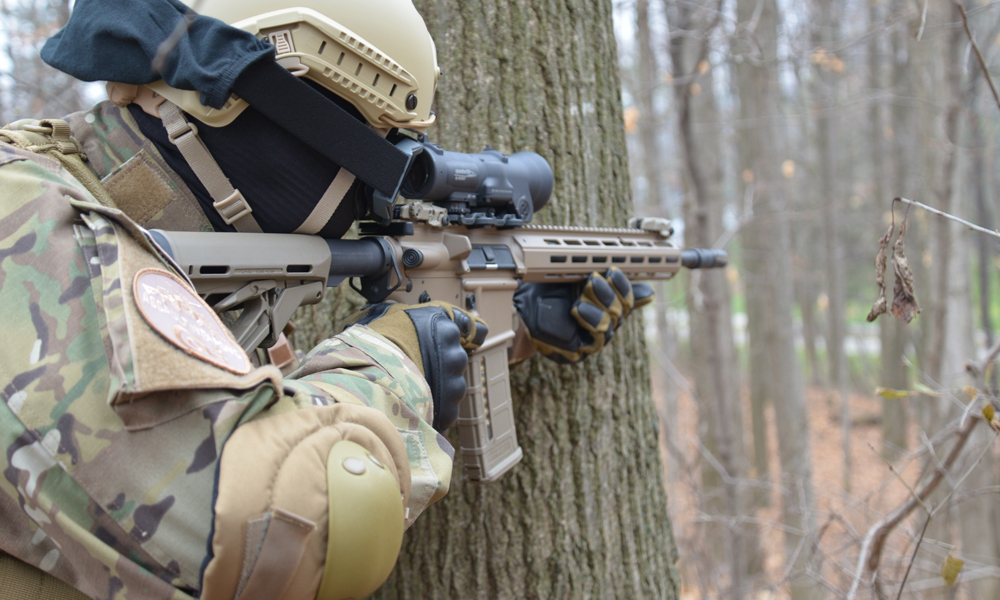
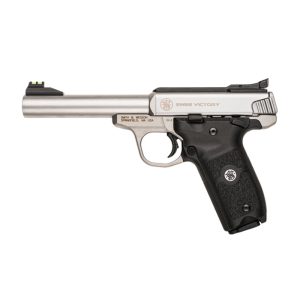
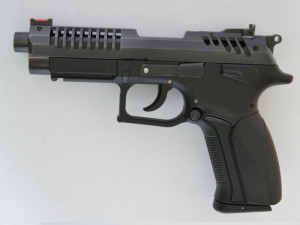
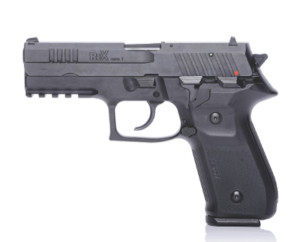

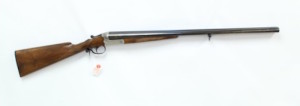
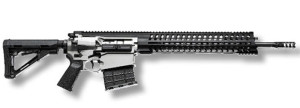
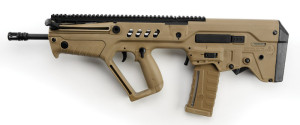
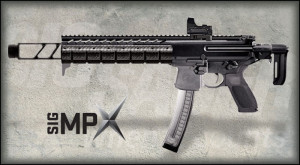
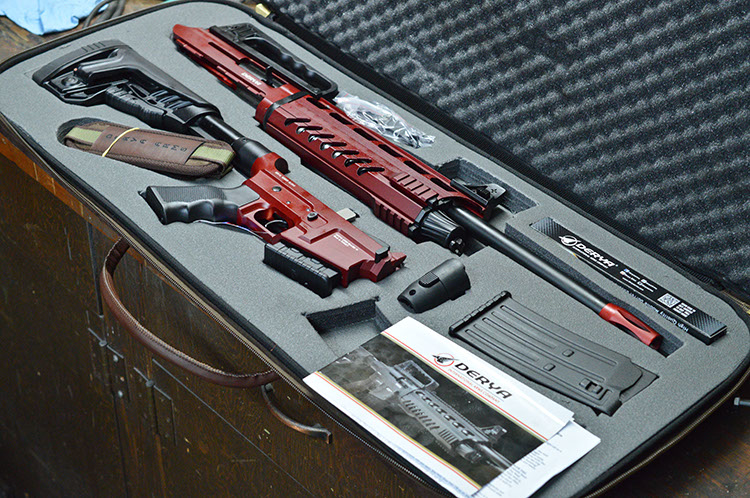 Obviously initial impressions are somewhat limited, but thus far we’re impressed. Admittedly, assembly almost required a third hand, but perhaps reading the manual beforehand would have helped. But who does that?
Obviously initial impressions are somewhat limited, but thus far we’re impressed. Admittedly, assembly almost required a third hand, but perhaps reading the manual beforehand would have helped. But who does that?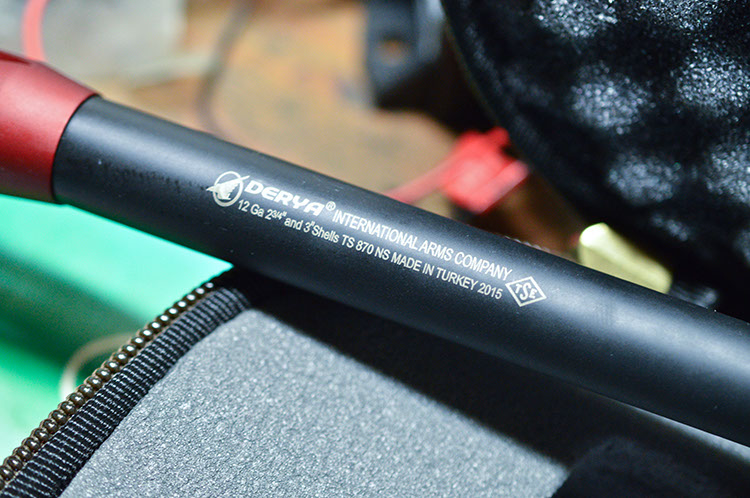 Finishing is good overall. There is one spot on the hand guard that has been dinged, but this being a test gun, it’s hard to fault it for a single ding. Handling feels nimble, and the controls mimicking those of an AR-15 make it feel immediately comfortable. The Derya magazines are well made and easily inserted, but we haven’t tested their drop-free ability quite yet; that seemed like a task for the range. The trigger is smooth and clean and should be more than serviceable for a shotgun.
Finishing is good overall. There is one spot on the hand guard that has been dinged, but this being a test gun, it’s hard to fault it for a single ding. Handling feels nimble, and the controls mimicking those of an AR-15 make it feel immediately comfortable. The Derya magazines are well made and easily inserted, but we haven’t tested their drop-free ability quite yet; that seemed like a task for the range. The trigger is smooth and clean and should be more than serviceable for a shotgun.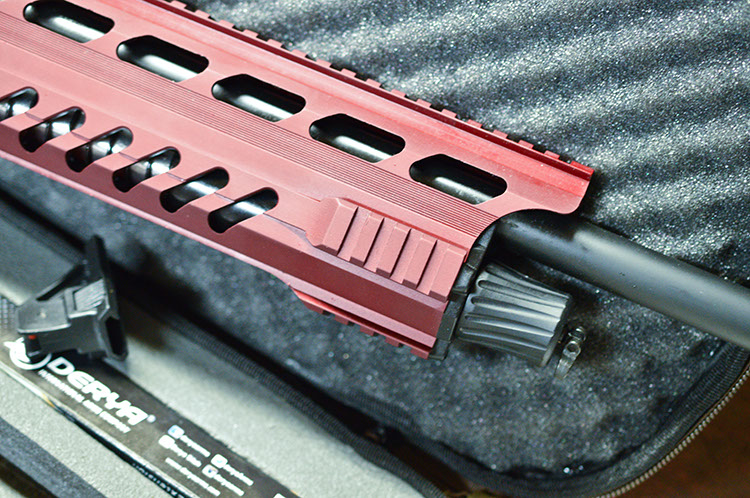 Like the ATA shotguns that set the bar for Turkish shotguns this summer, one thing we can report on without going to the range is the packaging: It’s ridiculous. Coming in a huge and nicely made Derya branded suede case, no one would ever expect the fitted case to contain a big tactical shotgun; it seems to be something that’d be more expected with a nice double gun. Inside, there’s obviously the shotgun itself (broken down into the upper and lower) and some accessories including a sling, a spare mag, cleaning kit and a folding stock adapter that we will probably try out. And of course, the manual.
Like the ATA shotguns that set the bar for Turkish shotguns this summer, one thing we can report on without going to the range is the packaging: It’s ridiculous. Coming in a huge and nicely made Derya branded suede case, no one would ever expect the fitted case to contain a big tactical shotgun; it seems to be something that’d be more expected with a nice double gun. Inside, there’s obviously the shotgun itself (broken down into the upper and lower) and some accessories including a sling, a spare mag, cleaning kit and a folding stock adapter that we will probably try out. And of course, the manual. We’ll make sure we read that before we review this gun properly in a future issue.
We’ll make sure we read that before we review this gun properly in a future issue.